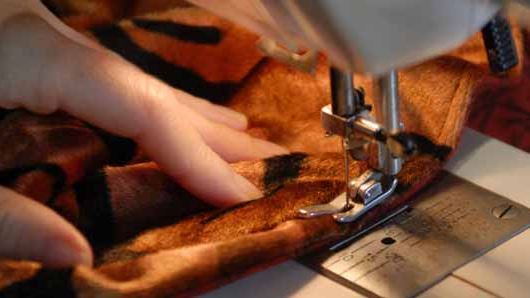The global supply market for the sourcing of fashion clothing is changing fast, forcing fashion retailers to rethink sourcing and buying strategies.
Increasing demand for fast fashion, coupled with rising labour costs in China, India and Thailand is driving retailers to shift the sourcing of commodity products to largely untapped, low-cost suppliers in Southeast Asia, Ethiopia, Bangladesh and Myanmar, where western sanctions have recently been removed.
At the other end of the clothing spectrum, higher quality products and lines that require quick-turnarounds are being near-shored in Europe, closer to the centre of demand, or even re-shored back to domestic markets. For companies such as Zara, these are familiar, well-established, practices, for others, it represents a fundamental shift in sourcing strategy.
A new strategy of “split sourcing”
For an increasing number of retailers, a strategy of split sourcing is the way forward. Buyers are looking to low cost producers for low price point products with predictable patterns of demand, while higher ticket items requiring faster product development, higher levels of manufacturing expertise, greater control of quality and rapid delivery are being produced nearer to their sales markets.
In order for this strategy to work, increased collaboration with suppliers is important. Stronger relationships between design, production and procurement teams improve speed to market, cost and quality control, and can drive innovation, as well as delivering greater process transparency to give a better understanding of lead times. Supply markets have rapidly matured and by working closely with carefully selected partners, retailers can reduce supply risks and react faster to market trends.
Profits left on the table
When it comes to maximising margin, retailers are not only having to consider more carefully where they buy from, they are also having to look more closely at the way they buy. In the past, purchasing decisions have tended to revolve around achieving a target margin, rather than focusing on driving costs lower to maximise margin. This has resulted in missed opportunities to increase profitability.
To optimise costs, retailers need complete control and visibility across the supply chain. Many still use buying agents to manage suppliers, despite having the resources and infrastructure to deal directly with manufacturers themselves. Whilst agents negate the need for establishing and operating local sourcing offices, they can add an extra and often unnecessary layer of cost and complexity.
Agents, buying houses and efficiency
Employing agents or buying houses means that retailers are unable to see the real cost of their products. They can‘t attribute costs to the constituent parts of the production process and are therefore not able to evaluate the performance or efficiency of the agent‘s service – a lost opportunity.
With sufficient product volume, retailers can realise considerable cost savings through operating their own sourcing offices and working more collaboratively with suppliers. However, with split sourcing strategies, the major challenge is in finding effective and efficient ways to manage an increasingly geographically dispersed range of global suppliers.
Clearly, fashion retailers are currently facing many different procurement challenges but also a wealth of opportunities. To make the most of these opportunities, retailers must add to their procurement skills and capabilities. At the very least, they must be able to source globally and manage a portfolio of domestic, near-shore and low-cost country suppliers – otherwise they risk giving up hard-fought margin to agents and buying houses.
By Richard McIntosh, UK Managing Director, Inverto.


















